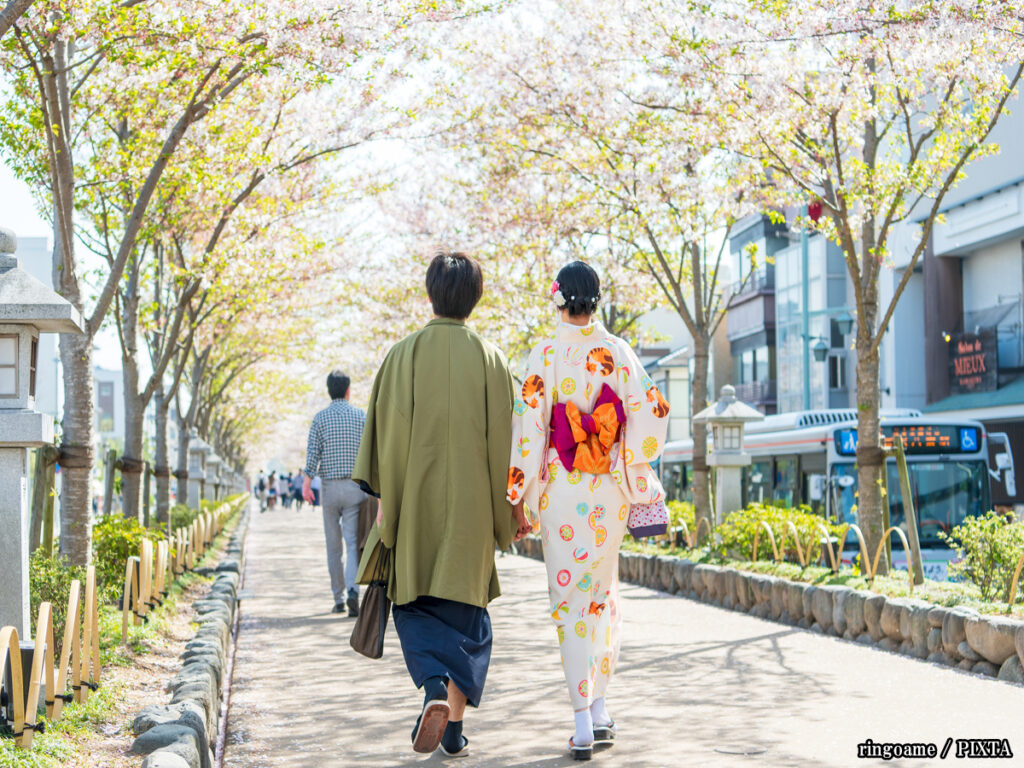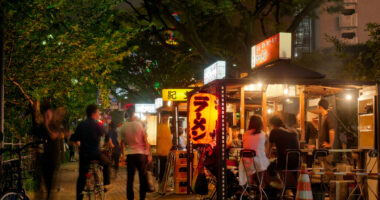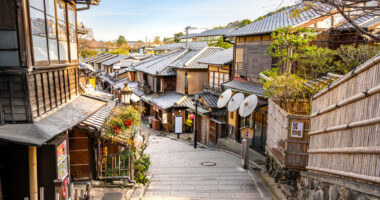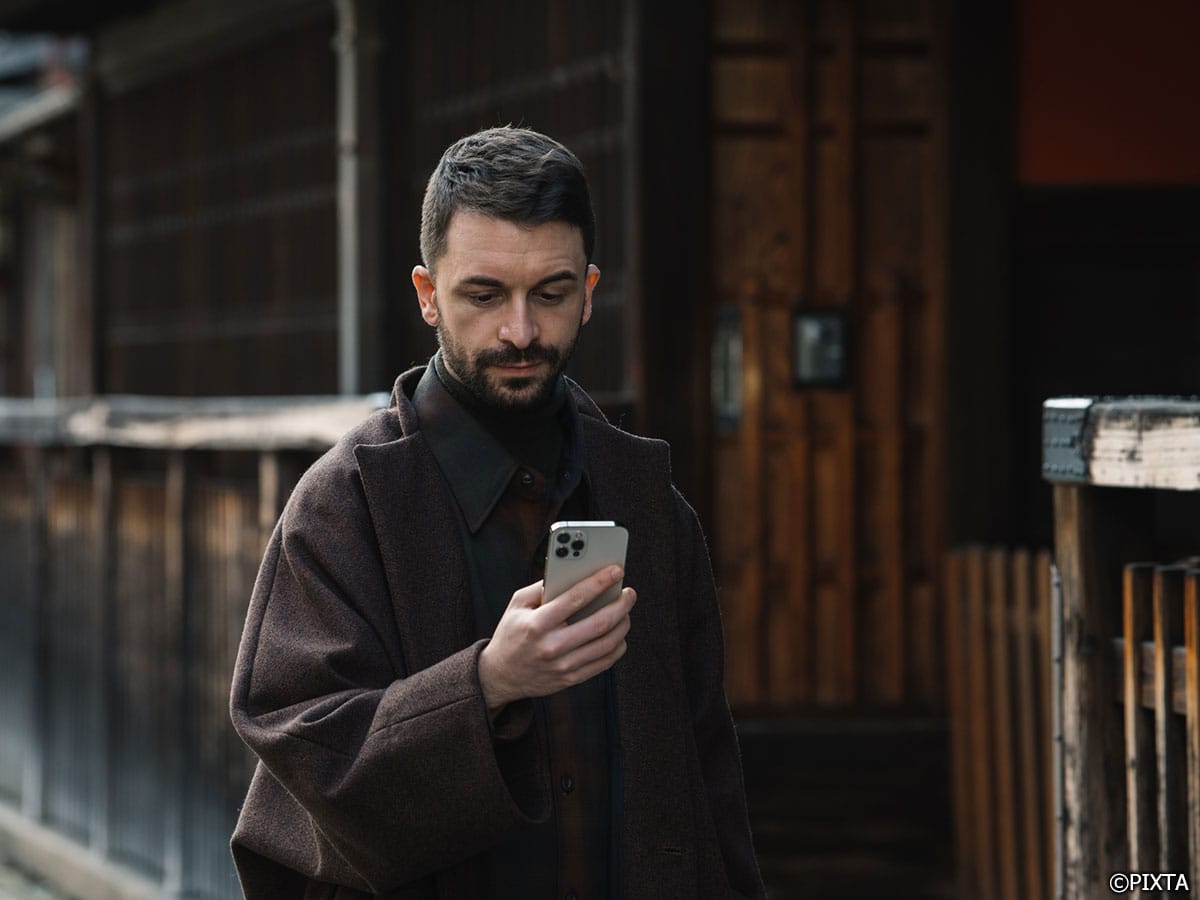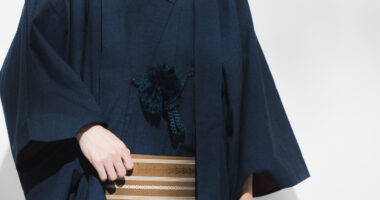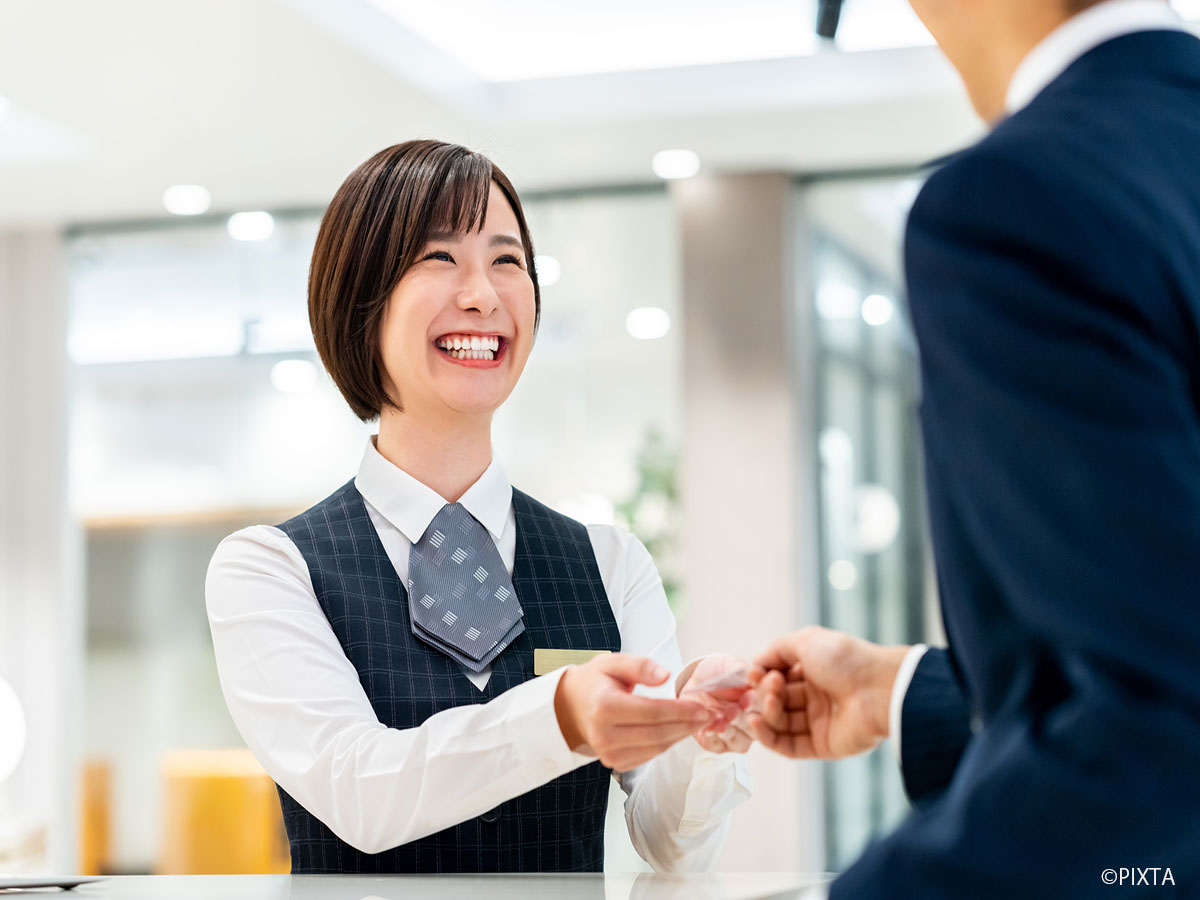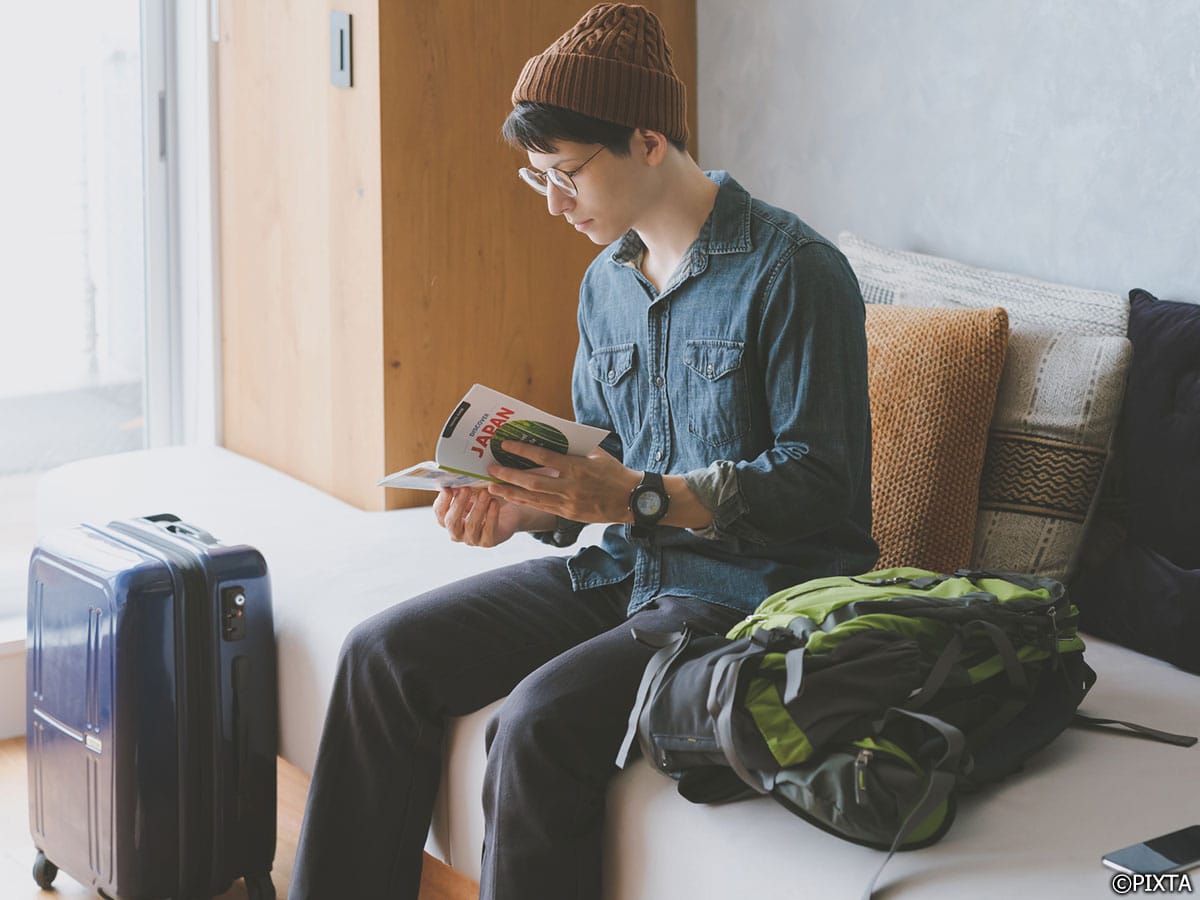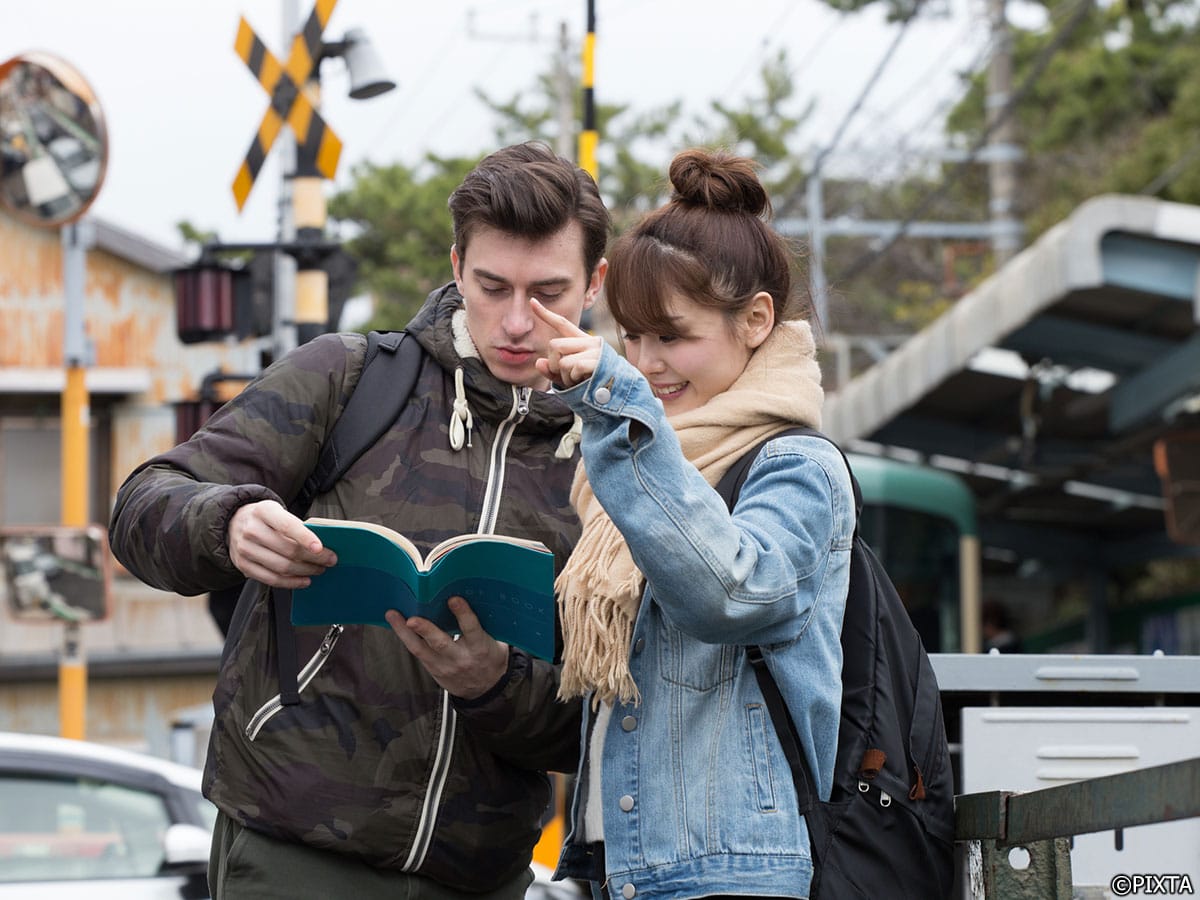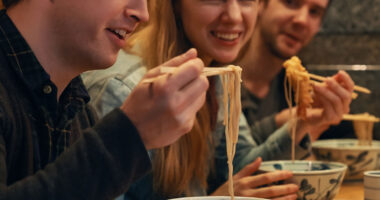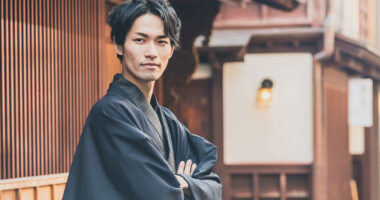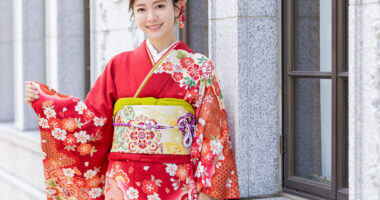The kimono is one of Japan’s most iconic garments, blending history, artistry, and cultural significance into a single piece of clothing. Though once worn daily, today, the kimono is typically reserved for special occasions, festivals, and artistic experiences. If you’ve ever strolled through the old streets of Kyoto, particularly around Ninenzaka and Sannenzaka, you’ve likely seen people dressed in elegant kimono, adding to the area’s historic charm.
But when exactly do people wear kimonos in Japan today? Let’s explore their history and the traditional and modern occasions on which kimonos remain a cherished part of Japanese culture.
The history of the kimono
The kimono has a long and fascinating history that dates back over a thousand years. Initially influenced by Chinese clothing styles, the earliest kimono emerged during the Heian period (794–1185). At that time, the garment was known as the kosode, a simple, narrow-sleeved robe worn as an underlayer by the aristocracy. Over time, the kosode evolved into the more elaborate kimono we recognize today.
During the Edo period (1603–1868), the kimono became a defining feature of Japanese fashion. Samurai, merchants, and commoners wore kimonos, with styles and patterns indicating social status, marital status, and even the season. This period also saw the rise of intricate dyeing and embroidery techniques, such as shibori (tie-dye) and yuzu (hand-painted designs), making kimono a piece of clothing and an art form.
As Western fashion gained influence in Japan during the Meiji period (1868–1912), kimonos faded from everyday use, giving way to suits and dresses. However, it remained an essential part of Japanese culture, worn during festivals, ceremonies, and special occasions. Today, the kimono continues to evolve, blending tradition with modern fashion trends, ensuring its place as a timeless symbol of Japan’s rich heritage.
Traditional occasions for wearing kimono
Weddings
Kimonos play a key role in Japanese weddings, where the bride often wears a luxurious, heavily embroidered shiromuku (all-white kimono) or a colorful iro-uchikake kimono. Grooms, too, may wear formal montsuki kimonos paired with hakama (traditional pleated trousers). Wedding guests, especially close family members, frequently wear formal kimonos, making the event even more elegant.
Seijin no hi (Coming-of-age day)
Each year, on the second Monday of January, Japan celebrates Coming-of-Age Day, a special event for those who have turned 20. Young women often wear a furisode, a long-sleeved kimono with vibrant patterns, while young men may wear either traditional hakama or formal suits. If you visit Kyoto’s old town during this time, you’ll likely see young adults dressed in beautiful kimonos, marking this important life milestone.
Tea ceremonies and cultural events
Kimonos are deeply tied to Japanese traditions, such as the tea ceremony. Those studying sadō (the way of tea) often wear kimonos during formal tea gatherings. Similarly, ikebana (flower arranging), Noh theater, and calligraphy demonstrations frequently feature participants dressed in kimonos, preserving the elegance of Japan’s cultural arts.
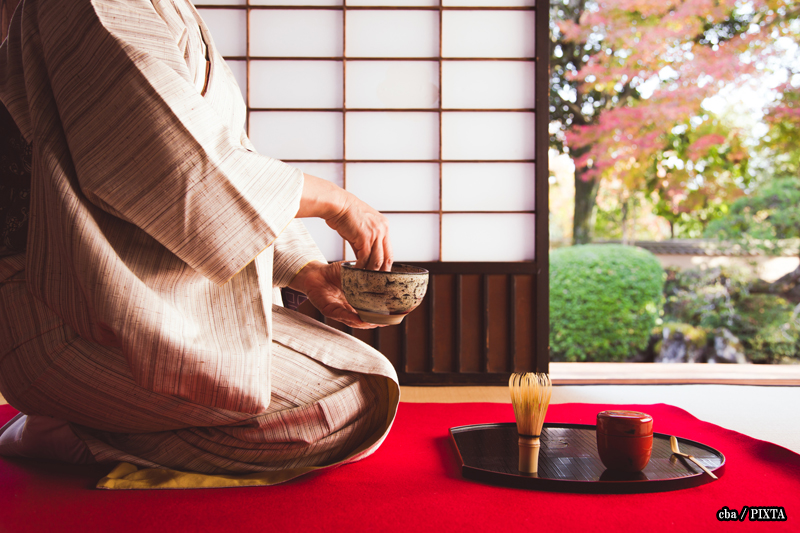
Photo for illustrative purposes
Festivals and seasonal celebrations
Many of Japan’s festivals, known as matsuri, encourage traditional attire. During summer festivals, people wear yukata, another type of traditional Japanese garment, especially at fireworks hanabi taikai (fireworks displays) and shrine events. Some of the most famous festivals where kimonos are worn include:
- Gion Matsuri: Every July, Kyoto comes alive with Gion Matsuri, one of Japan’s most famous and historic festivals. Dating over 1,000 years, this month-long celebration centers around Yasaka Shrine and features massive, beautifully decorated floats known as yamaboko.
- During this time, locals and visitors embrace traditional attire, with many choosing to wear yukata. The streets of Kyoto, including Ninenzaka and Sannenzaka, become even more atmospheric as people stroll through the old town dressed in colorful patterns. The sound of festival music, the scent of street food, and the sight of glowing lanterns create a truly magical experience.
- If you visit Kyoto in July, Gion Matsuri is an unmissable event. Wearing a yukata will allow you to immerse yourself fully in the festive spirit. Many rental shops in Kyoto offer yukata rentals with accessories and dressing services, making it easy for tourists to participate.
- Shichi-go-san: Many families across Japan celebrate shichi-go-san usually in mid-November, a special occasion dedicated to children aged three, five, and seven. This tradition dates back to the Heian period and is meant to pray for young children’s healthy growth and happiness. On this day, families visit shrines, and children wear exquisitely decorated kimonos that are often passed down through generations. Girls wear vibrant furisode kimonos with long, flowing sleeves, while boys don haori (a traditional jacket) and hakama trousers.
- On this day, families visit shrines, and children wear exquisitely decorated kimonos that are often passed down through generations. Girls wear vibrant furisode kimonos with long, flowing sleeves, while boys don haori and hakama, a traditional jacket and pleated trousers.
If you’re in Kyoto during Shichi-Go-San, you might see families dressed in stunning kimonos walking through Ninenzaka and Sannenzaka on their way to shrines. Many photography studios also offer kimono-wearing experiences for visitors who want to capture the elegance of this tradition.
- If you’re in Kyoto during Shichi-Go-San, you might see families dressed in stunning kimonos walking through Ninenzaka and Sannenzaka on their way to shrines. Many photography studios also offer kimono-wearing experiences for visitors who want to capture the elegance of this tradition.
- New Year’s day: New Year’s Day (oshogatsu) is one of the most important holidays in Japan. It’s a time for families to gather, visit shrines, and pray for a prosperous year ahead. Many people wear kimonos, adding to the sense of tradition and renewal that defines this holiday.
Walking guide to Kyoto’s best kimono spots
Step 1: Begin at Kiyomizu-dera
Start your journey at Kiyomizu-dera, one of Kyoto’s most celebrated temples. Perched on a hillside, this UNESCO-listed site offers breathtaking panoramic city views. The temple’s wooden stage, built without nails, provides a stunning vantage point, especially during the cherry blossom season in spring and the vibrant foliage of autumn. Take your time exploring the temple grounds, admiring the pagodas, and even trying the sacred waters of Otowa Waterfall, which are said to bring health, success, and longevity.
Step 2: Stroll through Sannenzaka & Ninenzaka
From Kiyomizu-dera, make your way down Sannenzaka and Ninenzaka, two beautifully preserved streets that capture the essence of Kyoto’s historic charm. These stone-paved pathways are lined with traditional wooden machiya townhouses, many of which have been converted into souvenir shops, teahouses, and restaurants. As you walk, take in the picturesque atmosphere, where every turn offers postcard-worthy scenes of Kyoto’s old town. These streets are among the best places to rent and wear a kimono, enhancing the nostalgic experience.
Step 3: Relax at a traditional teahouse
A kimono stroll through Kyoto isn’t complete without a break at a local teahouse. Along Ninenzaka and Sannenzaka, you’ll find several charming cafés and teahouses serving Kyoto’s famous matcha desserts. Enjoy a bowl of rich, frothy matcha with traditional wagashi sweets or a matcha parfait. Popular spots like “% Arabica Kyoto Higashiyama” and “Iyemon Salon Kyoto Café Lounge” offer a refined yet relaxing break in the heart of Kyoto’s historic district.
Step 4: Visit Yasaka Shrine
Continue your exploration with a visit to Yasaka Shrine, a revered Shinto shrine near Gion. Known for its striking vermilion gate and large lantern-lit courtyard, Yasaka Shrine is especially lively during festivals such as Gion Matsuri. Many visitors come here dressed in kimonos to take beautiful photos and participate in traditional rituals, such as purifying themselves at the chōzuya (water pavilion) before offering prayers at the main hall.
Step 5: End your day in Gion
As the sun sets, head to Gion, Kyoto’s famous geisha district. This historic area is home to hanamachi (geisha neighborhoods), where you might glimpse a maiko (apprentice geisha) gracefully walking to an evening engagement. (Please refrain from persistently following geisha and maiko and interrupting them.) Gion’s atmospheric streets, such as Hanamikoji and Shirakawa, are lined with chaya (teahouses) and fine dining establishments offering Kyoto’s exquisite kaiseki cuisine. Whether taking in the enchanting scenery or enjoying a traditional dinner, Gion is the perfect place to conclude your Kyoto kimono experience.
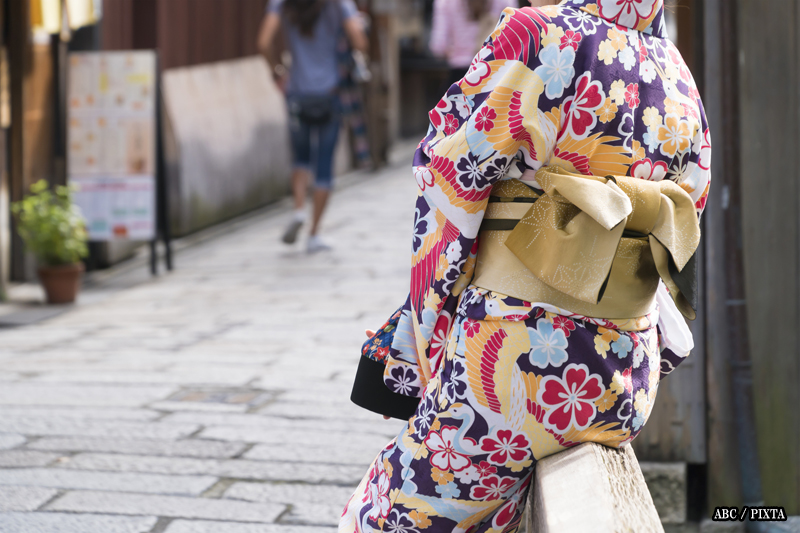
Photo for illustrative purposes
Modern trends: how kimonos are evolving
Streetwear and kimono hybrids
Lately, designers have been reimagining kimonos by merging traditional elements with contemporary street fashion. This fusion has resulted in unique styles incorporating kimono sleeves, obi belts, and intricate patterns into modern outfits. Young people in Japan, especially in cities like Tokyo, have embraced these hybrid looks, often pairing kimono-style jackets with jeans, sneakers, or even Western-style dresses. This trend allows a more relaxed and versatile way to wear a kimono while maintaining its cultural essence.
Kimonos in pop culture
The influence of kimonos have extended beyond traditional settings, making its way into pop culture. From anime and music videos to high-fashion runways, kimono-inspired designs continue to gain popularity worldwide. Many Japanese musicians and performers incorporate kimonos into their stage costumes, blending old and new aesthetics. Fashion influencers and celebrities also play a role in revitalizing the garment by experimenting with bold colors, modern accessories, and unconventional styling methods.
Kimono-inspired dresses
For those who love the elegance of a kimono but prefer a more casual fit, kimono-inspired dresses have become a popular alternative. These outfits take inspiration from traditional kimono patterns and silhouettes but feature softer fabrics, looser cuts, and simplified designs suitable for everyday wear. Whether it’s a flowing maxi dress with kimono-style sleeves or a wrap dress featuring intricate Japanese motifs, these modern adaptations allow people to incorporate kimono aesthetics into their wardrobe easily.
Conclusion
Kimonos are unique in Japanese culture, from Kyoto’s old town streets to grand wedding halls. Whether you’re attending a festival, celebrating a life milestone, or simply exploring the historic districts of Ninenzaka and Sannenzaka, wearing a kimono adds an extra layer of cultural immersion.
If you’re planning a trip to Japan, why not try on a kimono and walk through Kyoto’s charming old streets? It’s an unforgettable way to experience the beauty and elegance of Japan’s traditional fashion.
